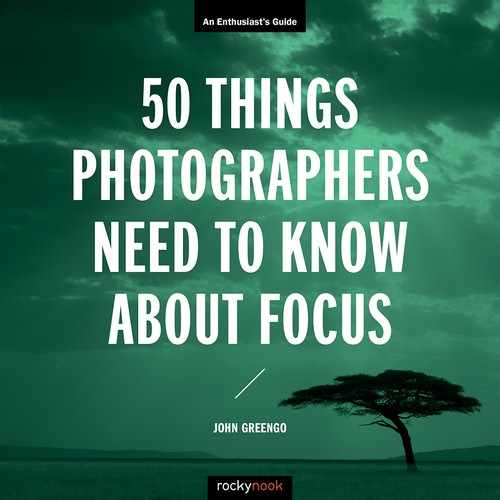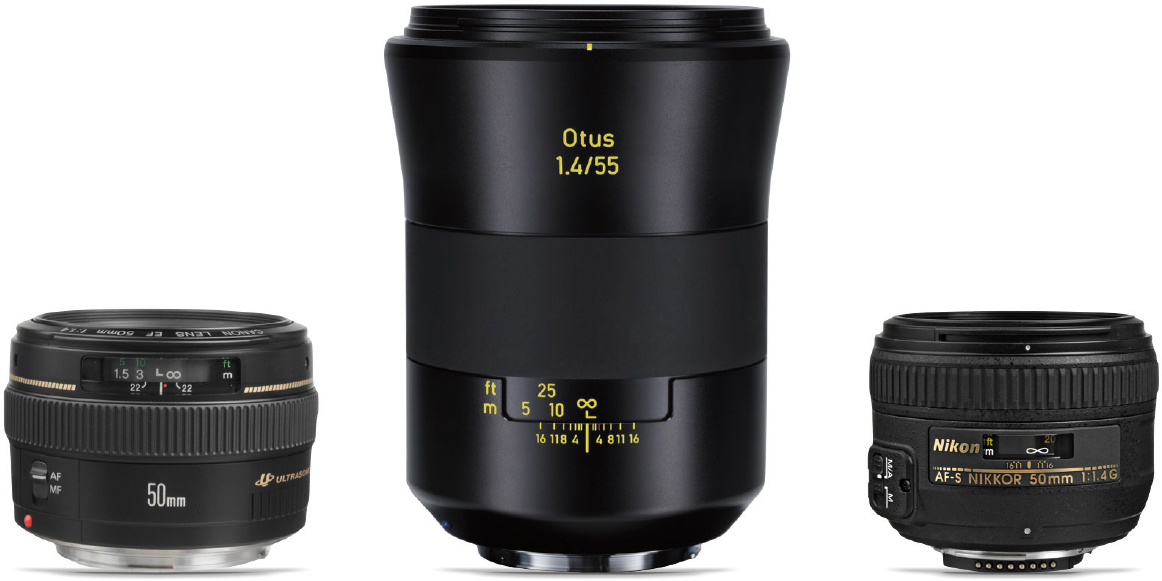26. HOW IMPORTANT IS LENS SHARPNESS?
![]()
JUST BECAUSE A lens is properly focused doesn’t mean that your image will be as sharp as it could be. There are lots of factors that go into what makes an image sharp or in focus, and lens sharpness is an important factor to consider.
First off, not all lenses are as sharp as the manufacturers’ marketing departments would lead you to believe. Modern lens design has come a long way in more than 100 years of development, but producing a lens that is sharp at all focal lengths, apertures, and focusing distances is a tall order to fill.
Developing modern lenses involves a great number of factors that must be balanced in order to make a viable, sellable product. Sharpness is always high on manufacturers’ lists of important characteristics, but there are many other competing factors: focal length, aperture size, weight, design, manufacturing, repair, operation, vignetting, chromatic aberration, distortion, compatibility, autofocusing, image stabilization, bokeh, price, and more. All of these factors must be taken into account when designing and building a lens.
With the increase in resolution of modern sensors, lenses have needed to improve, as well. There’s no sense in attaching a mediocre lens to the front of a camera with a high-resolution sensor; they should match in quality. To create these magnificent lenses, it takes better-quality glass, better lens designs, and better coatings—all of which come at a price in size, weight, and cost.
A great example of sharpness taken to the extreme is the Otus series of lenses from the German lens maker, Zeiss. In designing the 55mm f/1.4 Otus Distagon T* lens, the goal was to make the finest-quality lens in the 50mm lens range. By all accounts they have succeeded; everyone seems to agree that it’s the best. It differs from other lenses in the same category by being twice as long, four times as heavy, and more than ten times the cost. Adding insult to injury, it doesn’t have image stabilization and it’s manual focus only. Quality does indeed come at a price.
A few manufactures have tried to bridge the gap between the lenses in this 50mm range with high-sharpness lenses that also offer autofocus. Lenses from Sony, Pentax, and Sigma have delivered superior lenses that are only twice the size, weight, and price of traditional models. While these high-end models are tempting, the question must be asked: Under what circumstance would that extra level of sharpness be visible and necessary?
Every photographer will have to make the difficult decision of how much sharpness is necessary for their work. It’s a hard call to make because the theory of greater sharpness is very alluring until the reality of cost, weight, and features are factored in. The truth is, most modern lenses are sharp enough for a book cover, magazine spread, or large print.
The difference between the Zeiss Otus 55mm f/1.4 (middle), the Canon EF 50mm f/1.4 USM (left), and the Nikon AF-S Nikkor 50mm f/1.4G (right) shows that quality can affect the size of a lens.

